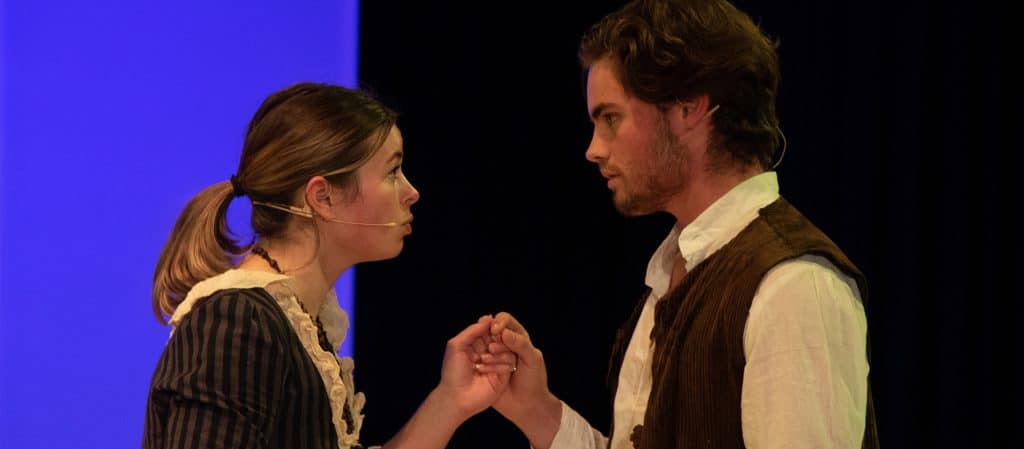The Chapel Organ has approximately 3,000 pipes and while those pipes don’t wear out, they might go out of regulation as the foot through which the wind comes in might get constricted and might need regulating. In the case of our Organ it is how much work those pipes were having to do which has led to this type of restoration as Paul explains.
“Compton Organs sounded large but were compacted into much smaller paces by having fewer ranks of pipes than a typical instrument which would have one for every note of every stop. Bradfield’s limited number of ranks are switched electrically to different pitches, meaning they have been doing double or triple the normal number of jobs. In effect, Comptons’ Organs would give you one rank of pipes from which you would electrically derive a violin, a cello, a viola or a bass rather than four rows. That was their secret, the extension system.”
While Compton’s 1930s extension was state-of-the-art, it was only a matter of time before those electronics became unreliable. New electrics were installed in the 1980s restoration which also saw anything that was made of leather re-covered. This is significant because the difference in sound between a 1930s organ and a 1970/80s organ was colossal.
“When Daniels put new stops in and added the choir organ at the alter end they wanted to achieve a clean, fresh and more baroque sound. Accompanying a choir at the east end with an organ at the west end would have been impossible so I suspect people at the time were very pleased with the results of the new installation.”
Roll on to the present (or rather two years ago) and the Daniels electrics were wearing out and the instrument needed a musical reassessment of its sound in order to blend the two previous refurbishments together. That meant clarifying the Compton sound, slightly warming up the Daniels sound and installing completely new electrical systems so that the organ works perfectly for the next half a century. Enter Andrew Cooper.
Having played the organ since the age of nine, Andrew made the transition into building straight out of school and has been working as an organ builder for over thirty years and relished the intricate challenges of refurbishing our instrument.
“We had to look at the small internal levers, many of which were covered in leather not much thicker than cigarette paper and came to the conclusion that a lot of this needed replacing.
“We then looked at the means of communication between the console and the pipes. The signals were sent via more than 2,000 telephone cables and mechanical switches. We have replaced this with a computerised system so signals are now sent via data cables to each section of the organ which has a receiver in it, unscrambles the code and translates that to make the various pipes work according to what is being played and what stops have been selected. It is a happy blend of modern technology supporting traditional organ building.”
Alongside all of that work around 300 new pipes were also installed to reduce the strain on some of the pipes which had been doing more than one job since the original extension.





